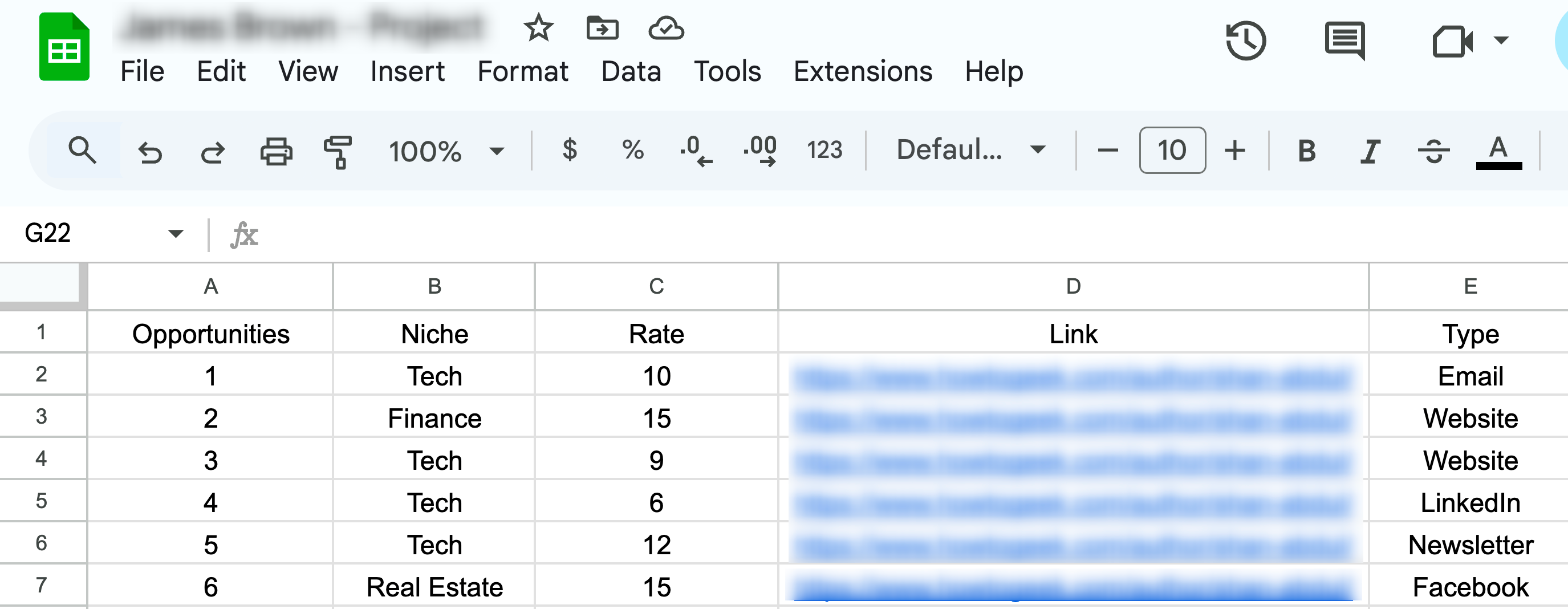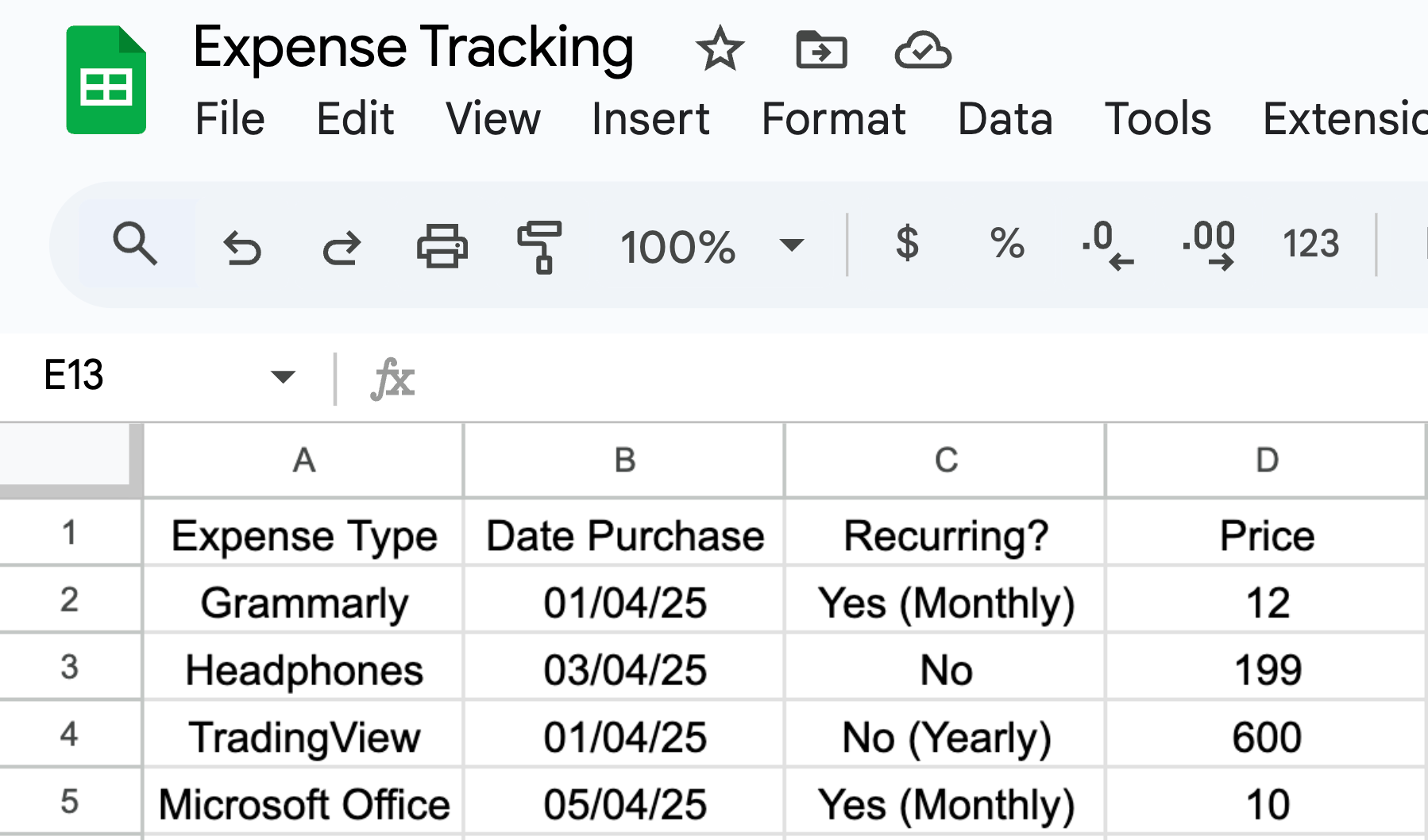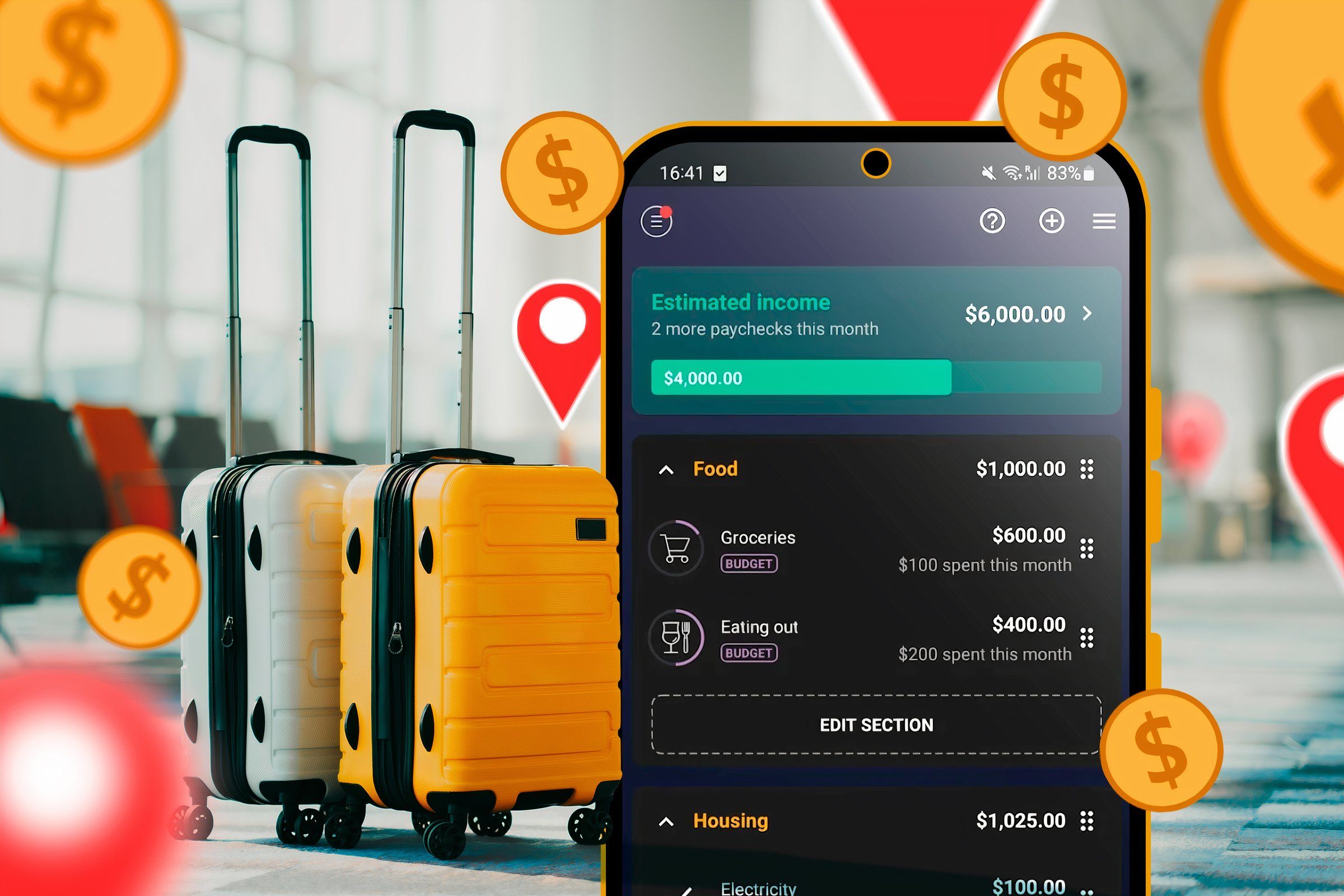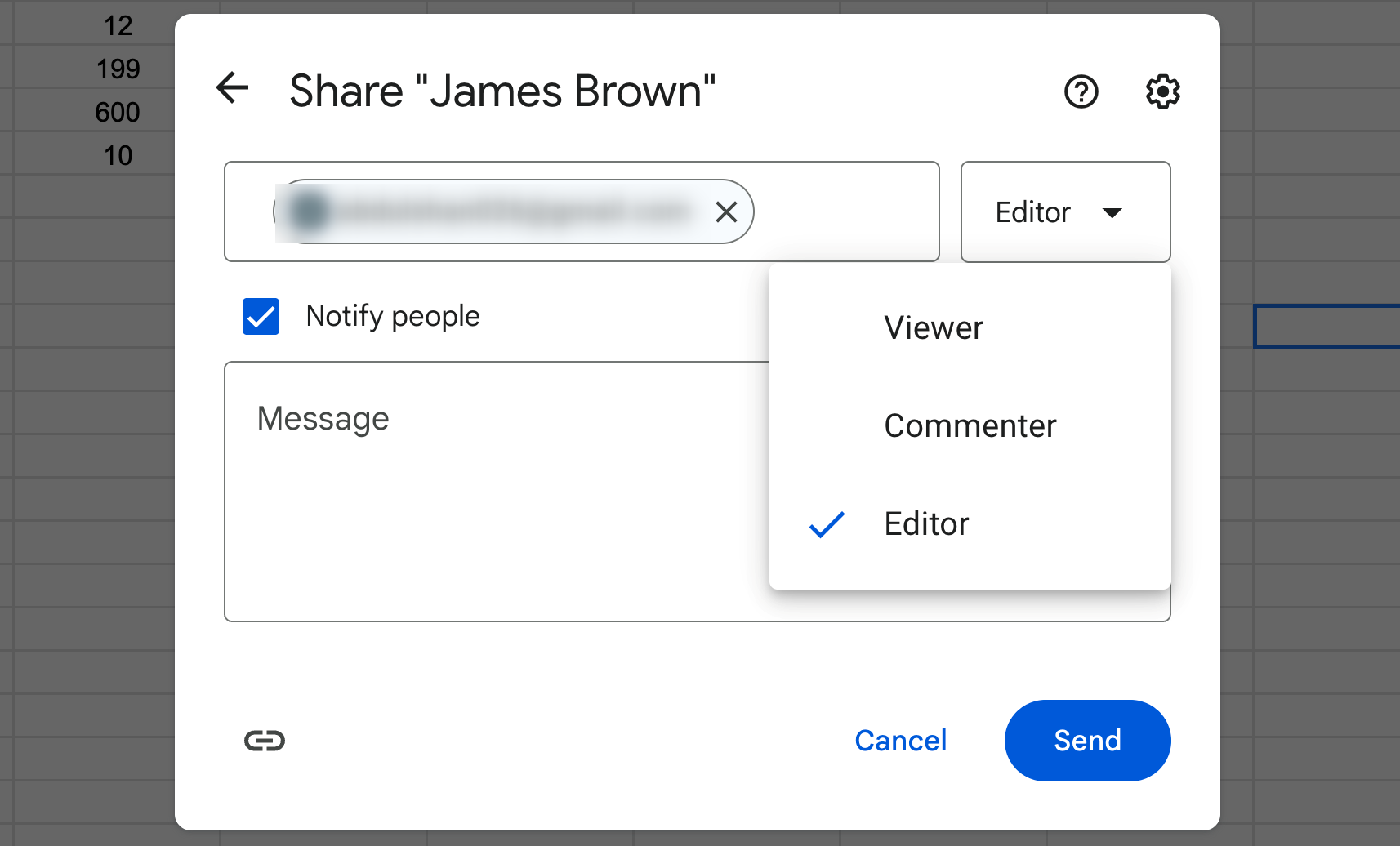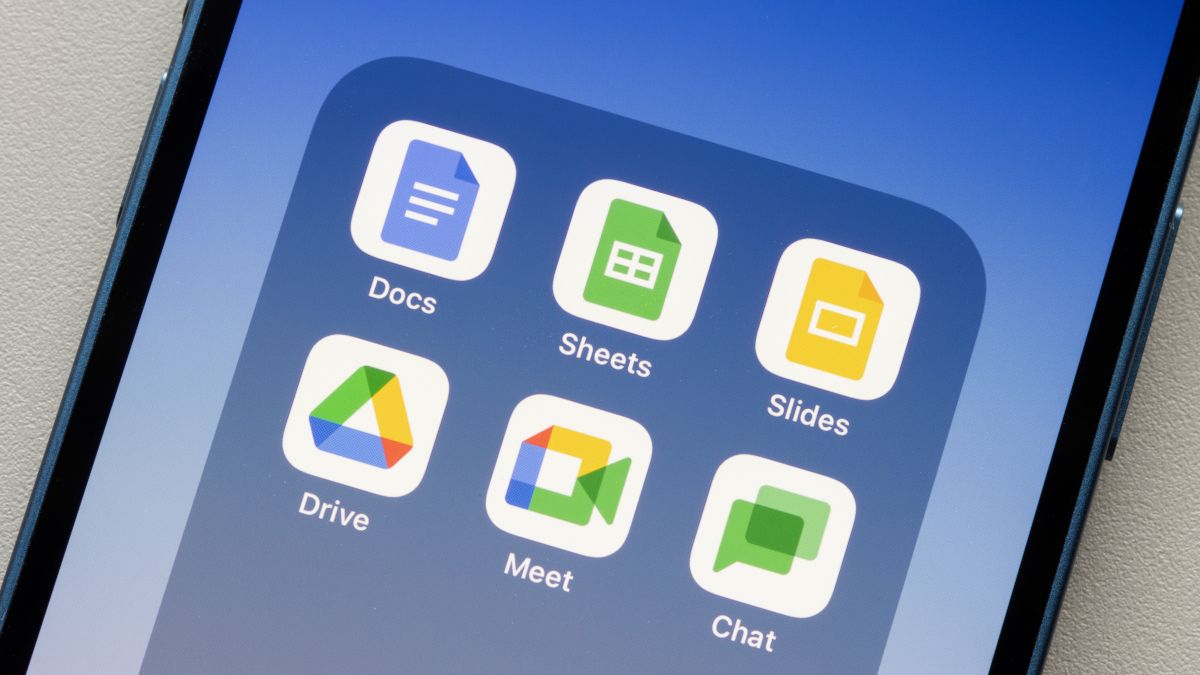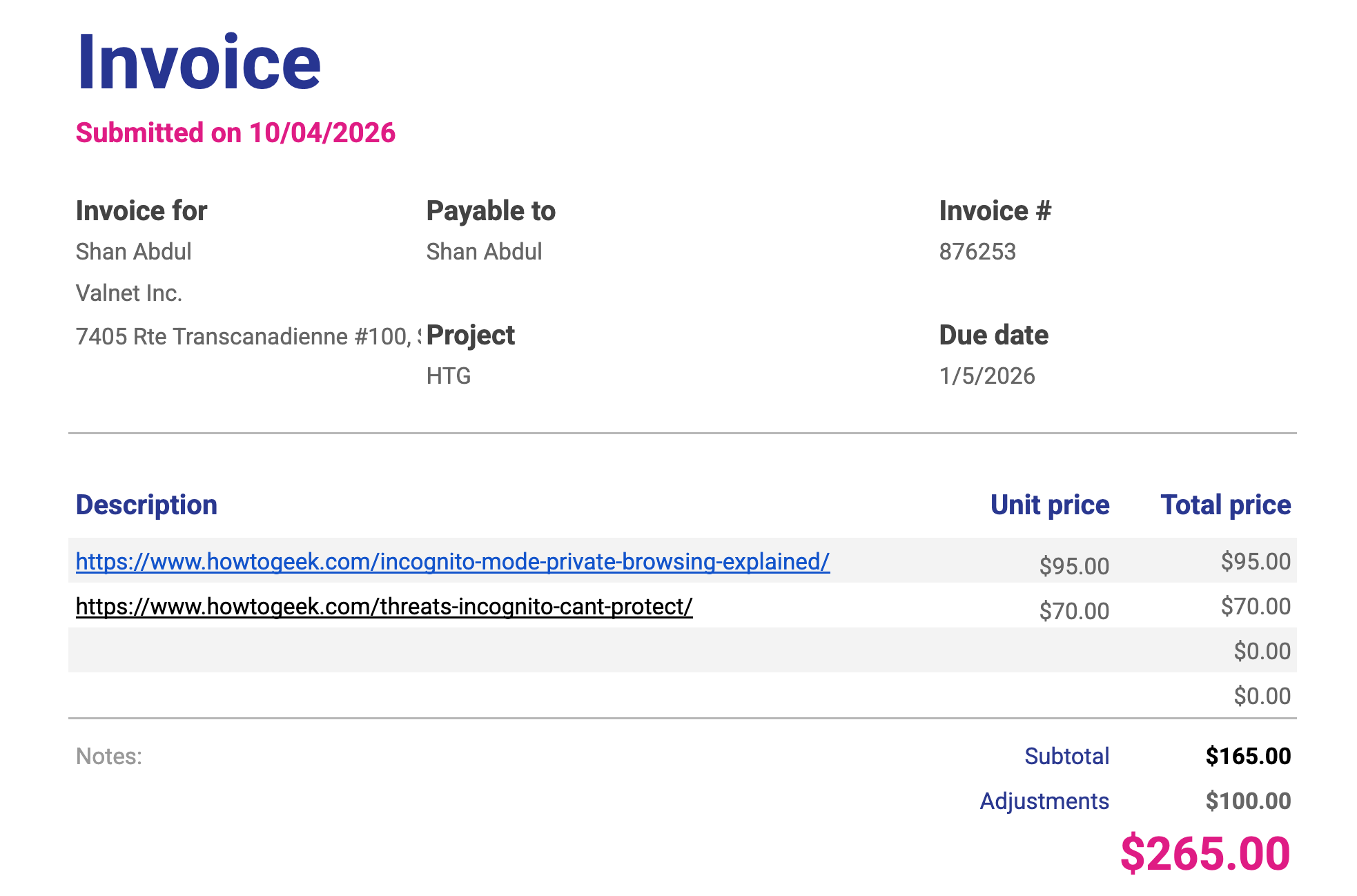While freelancing gives you flexibility, it also brings extra responsibilities. Juggling communication with multiple clients, meeting deadlines, sending invoices, and tracking expenses can become overwhelming. To keep my sanity intact, I use Google Sheets to manage everything.
6
Monitor My Pending and Completed Tasks
Freelancers often have to manage multiple projects for several clients at once. As a writer, I also need to keep track of completed and pending assignments and the specific rates for each article. I used to find this task daunting until I began using Google Sheets, which made everything far easier to handle.
I create a separate worksheet for each client within a single spreadsheet. Whenever I’m assigned a task, I log it with a “Pending” status. Once it’s completed, I update the status to “Completed.” I also include the publishing date, article link, and payment rate for easy reference. To make scanning easier, I also color-code rows based on their status.
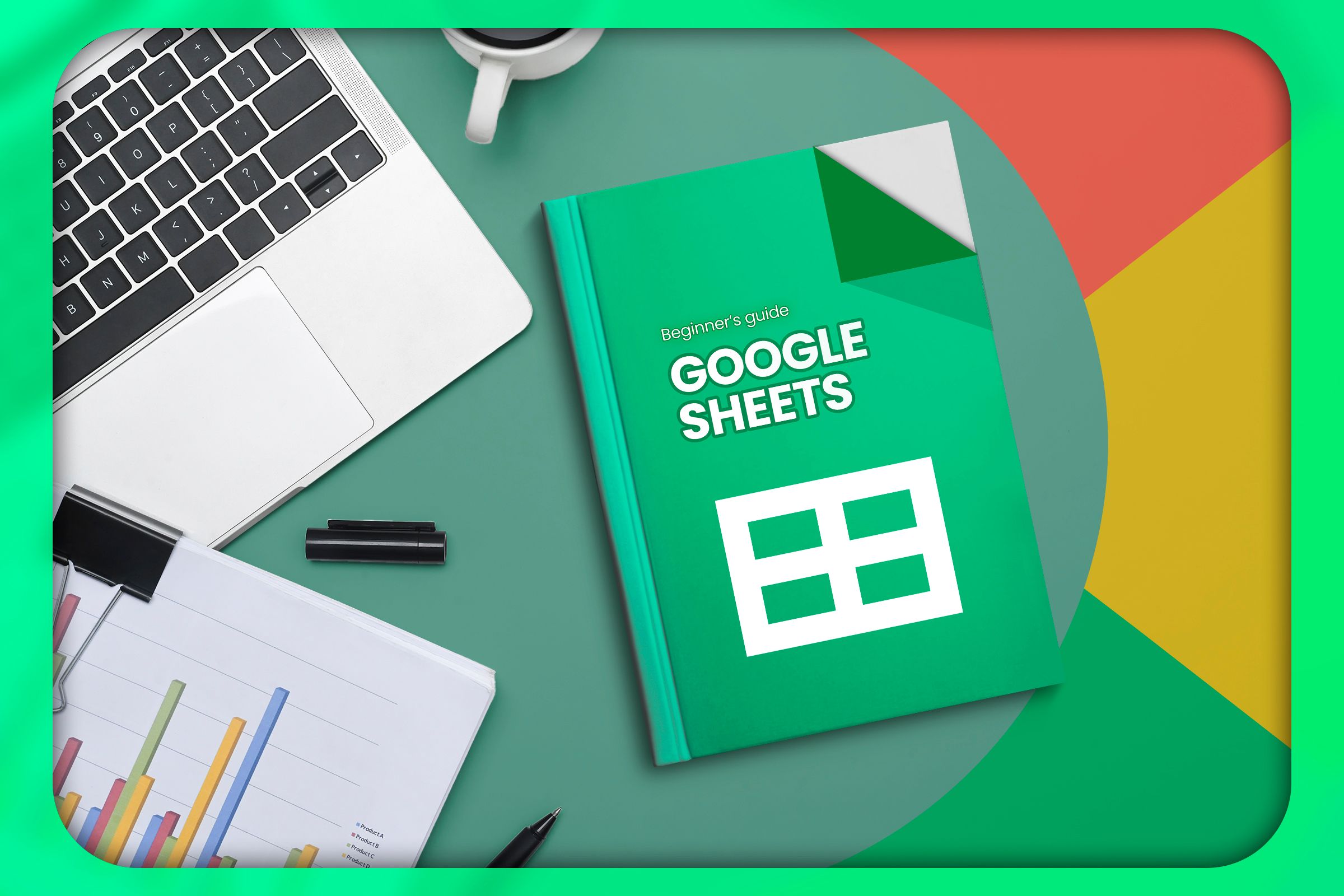
Related
The Beginner’s Guide to Google Sheets
Find out how to do everything from sharing Sheets to automating tasks with macros.
5
Keep a Record of Clients for Outreach
As a freelance writer, I’m always on the lookout for new clients—because you never know when one of your regulars might slow down their content output. The tricky part is that you can’t apply for a job or reach out to a potential client when you see an opportunity. I used to miss out on promising gigs simply because I forgot to save the link to the job post.
Now, I jot down every opportunity I come across—whether it’s a LinkedIn job post, a website opening I stumbled upon, or a freelance gig mentioned in a newsletter. Keeping all these leads in one place allows me to reach out at my own pace and makes it easier to track which clients have responded and where I am in the application process.
4
Track My Freelance Expenses
I also track my freelance-related expenses in Google Sheets to have everything in one place. This includes software subscriptions, gear upgrades, and even internet bills. I log details like the date of purchase, the amount spent, and the name of the item or service. Since Google Sheets is easy to access, I can update it on the go, even from my phone.
This allows me to review my spending over the past few months and spot any unnecessary expenses. It’s especially helpful for keeping tabs on recurring subscriptions so I can easily cancel any that I no longer need before being charged. Having all this information in one place has made me feel much more organized and less stressed.
3
Collaborate With Clients and Team Members
I regularly need to come up with content ideas and share them with SEO leads or clients for feedback or approval. Going back and forth over endless email threads can be time-consuming and frustrating. That’s why I prefer organizing all my ideas in a Google Sheet and sharing that single document with the right people to collect their input easily.
I also use Google Sheets to track how my published articles perform via Google Analytics, manage payment details (like how much a client owes me), and collect feedback—all in one place. It keeps everything organized and efficient. Plus, I can control permissions—whether someone can just view, comment, or edit the sheet like I can.
2
Generate Professional-Looking Invoices
Everyone looks forward to payday, and when your company handles everything automatically, and the money lands directly in your bank account, it’s as smooth as it gets. But as a freelancer who works directly with clients, that’s not how it works for me. I’ve to generate invoices for some clients, which can be a bit of a hassle. Thankfully, Google Sheets simplifies the whole process.
I’ve set up a reusable invoice template that includes everything: client name, article details, hours worked, rate, and the total amount due. At the beginning of each month, I duplicate the template and start filling in the details using the sheet where I track all my completed tasks. By the end of the month, I have a polished invoice ready to go.
1
Organize To-Do Lists and Plan Projects
Since I rely on Google Sheets for most of my tracking, it’s naturally become a core part of my daily workflow. I use it to break down each article into actionable steps—like drafting an outline, collecting research links, and more. I also track every project as it moves through different stages, such as idea pitched, pending approval, approved, submitted, or needing revisions.
I have a dedicated sheet for each client where I manage their projects. And since I often need to collaborate with clients, I use the same sheets to share updates and collect feedback—no need to create separate versions. Alongside these long-term sheets, I also maintain a daily tracker where I log tasks, track progress, and check off milestones to stay accountable.

Related
5 Free Productivity Tools You’re Not Using (But Should Be)
Overwhelmed? These 5 free productivity tools might just save your sanity (and your deadlines).
That’s how Google Sheets has become a trusted companion in my freelancing journey. If you’re juggling multiple apps to handle similar tasks, Google Sheets can improve your workflow and potentially replace them. Just remember—when sharing your sheets, assign the correct permissions. Granting more access than necessary can create problems later on.


